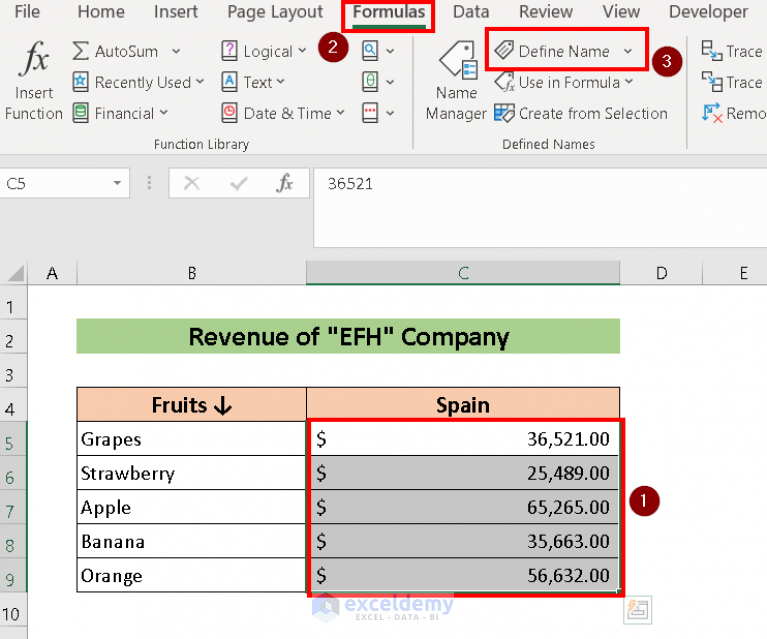5 Ways to View Linked Sheets in Excel

In the realm of data analysis and spreadsheet management, Microsoft Excel is the go-to tool for many professionals around the globe. However, as your spreadsheets become complex, managing linked sheets can be quite a challenge. Whether you're linking to data from other workbooks, consolidating data, or just trying to keep your data organized, understanding how to effectively view and manage these linked sheets is essential. Here are 5 efficient ways to streamline your workflow by viewing linked sheets in Excel:
Using Hyperlinks


- Insert Hyperlinks: Right-click on a cell where you want to place the hyperlink. Choose “Hyperlink,” then navigate to the sheet or external file you want to link to.
- Navigate Easily: Hyperlinks provide a quick way to jump between related data points or documents.
🌟 Note: Remember that hyperlinks can also link to external websites or documents if you need to connect your Excel data with external resources.
Using External References

| Step | Description |
|---|---|
| Open Source File | Open the workbook with the data you want to link to. |
| Reference Formula | Start with an equal sign (=) followed by the workbook name, an exclamation mark, and then the cell reference. |
| Example | =[Budget2023.xlsx]Sheet1!B4 |

- Dynamic Updates: Any change in the source file updates your linked data instantly.
- Structure Importance: Ensure the structure of the source workbook remains unchanged to maintain link integrity.
Leveraging the Name Manager

- Name Manager: This tool allows you to create named ranges that can be used across workbooks, making your links more readable and manageable.
- Define Name: Go to Formulas > Name Manager, then define a name for your range, e.g., ‘SalesData’, and use it in formulas or references.
🔹 Note: The Name Manager is extremely useful when dealing with a large number of sheets or if you often update your links.
Using Sheet Tabs


- Right-Click Navigation: Right-click a sheet tab to view linked sheets quickly.
- Color Coding: Organize your tabs by coloring them to make navigation more intuitive.
Workbook Consolidation

- Data Consolidation: Use the Consolidate feature in Data Tools to aggregate data from multiple workbooks or sheets.
- Steps:
- Go to Data > Consolidate.
- Choose the function you want to use (Sum, Average, etc.).
- Select your reference range from each workbook or sheet.
- Dynamic Updates: Keep the source workbooks open, or the consolidated data won’t update automatically.
📌 Note: Consolidation can be particularly useful for financial analysts and project managers who deal with data from various departments or locations.
In this comprehensive guide, we’ve explored multiple methods to effectively manage and view linked sheets in Excel. From using hyperlinks to consolidate data across workbooks, these techniques will significantly improve your workflow efficiency. Mastering these approaches allows you to not only work smarter but also maintain the integrity and accuracy of your data across complex Excel projects.
What happens when the source file is moved or renamed?

+
When you move or rename a source file, Excel will break the link, displaying a reference error. You’ll need to update the link by manually locating the file again.
Can I view links from multiple workbooks at once?

+
Yes, using external references, the Name Manager, or consolidation, you can gather data from multiple workbooks into one master workbook, allowing you to view all your links in one place.
How do I ensure my links remain unbroken when sending my workbook to others?

+
You can use absolute file paths or save all related files in a shared location, like a network drive or cloud storage, ensuring that the links are relative to the file location.



